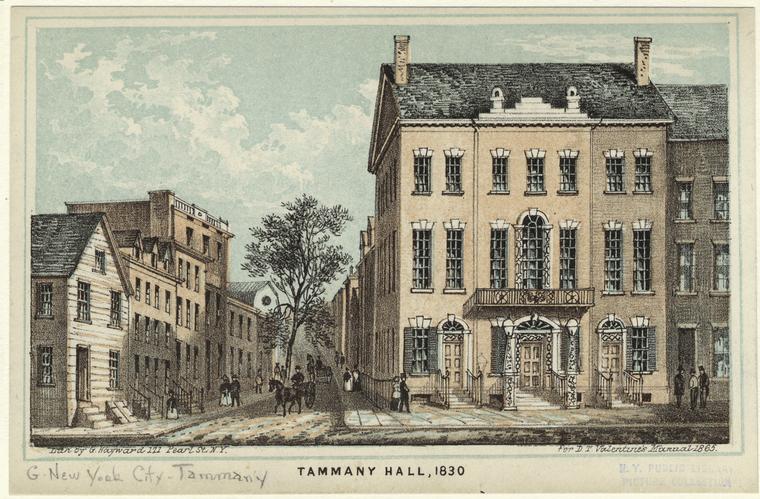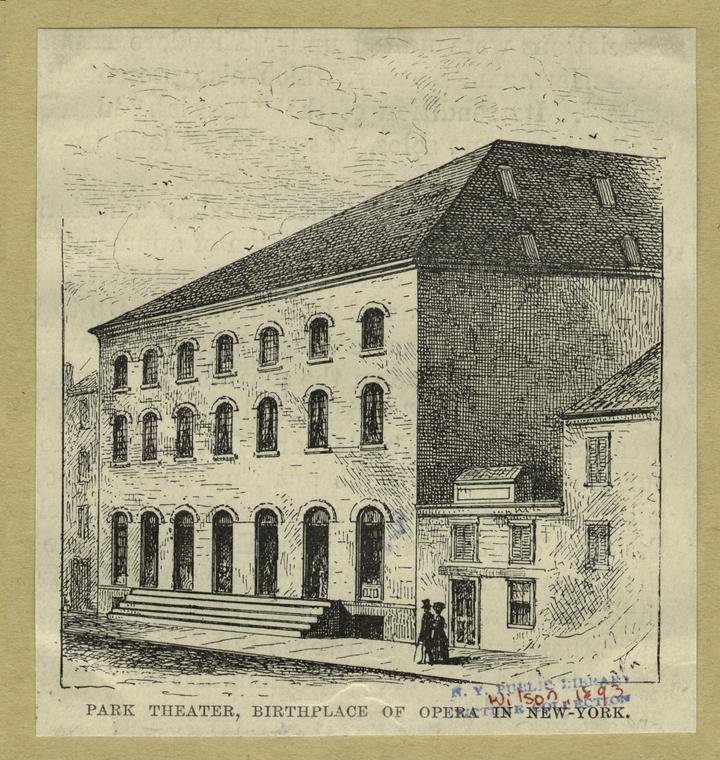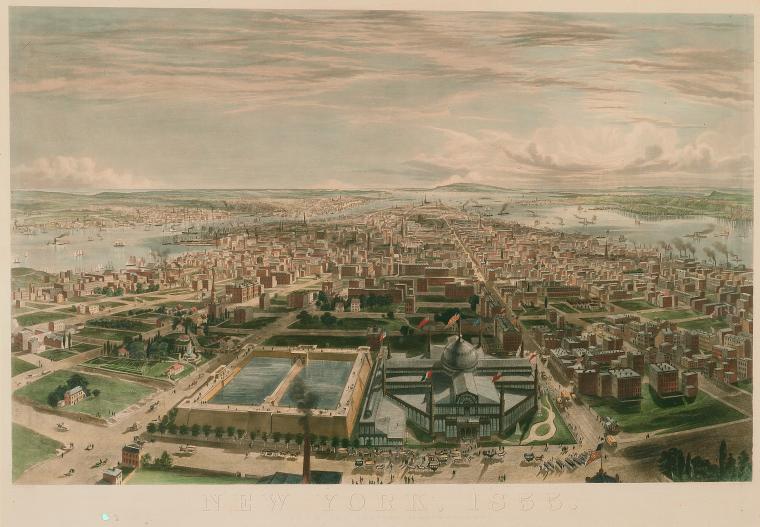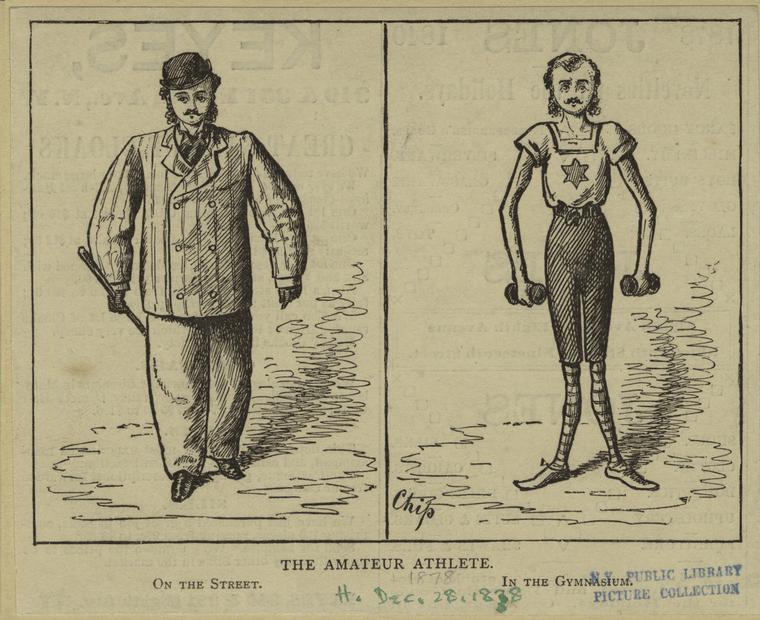Old Time Tours: New York City Guidebooks in the Mid-1800s
This history series on 19th century New York City guidebooks is a companion to our research guide: Old Time Tours: A Guide to 19th Century NYC Guidebooks. For colonial guides to New York City, see our research guide Sea Blazers and Early Scriveners: The First Guidebooks to New York City.
-
New York City Guidebooks in the Early Republic
-
New York City Guidebooks in the Mid-1800s
-
New York City Guidebooks After the Civil War
Present Times Back Then
In 1837, Asa Greene published A Glance at New York: Embracing the city government, Theaters, Hotels, Churches, Mobs, Monopolies, Learned Professions, Newspapers, Rogues, Dandies, Fires and Firemen, Water and Other Liquids, etc… Written with sarcasm and an intimate sense of the daily behaviors of the city, the tone is ingratiating and modernistic—until the reader encounters the inevitable passages that reflect the searing racism and prejudice commonplace at the time.
Glance is more a memoir of the present-day than a guide to the city, both a literary work and a source of facts. The cumulative scope seems impossible for a similar book about New York City in the 21st century—the dimension has become too kaleidoscopic, multivalent, both subatomic and megalopolitan.
On pages 45-46, one learns there are 150 churches in the city, and that “the names and situations of all the churches” are published each week in the Sunday Morning News. Greene also calculates the population of “dandies” in the city at “about 3,000.” As characterized by Greene, dandies are fancifully-garbed jobless airheads whose ogling behaviors alienate the opposite sex. They are “divided into three classes… chained dandies, switched dandies, and quizzing-glass dandies… so distinguished from those harmless pieces of ornament which they severally wear about their persons or carry in their hands.”
Greene seems a reliable narrator because of the wry historiography that often punctuates each subject. For example, an estimate of the dandy population seems to suggest the absurdity of exact demographic statistics. In the chapter on “Churches,” Greene notes that “besides these religious societies, there is a congregation of Atheists who meet regularly on Sunday, at Tammany Hall.”
According to Greene, the former charm and beauty of the Battery, poeticized in the 1825 guide The Picture of New-York as "consecrated to the sweet delight's of peace... the Sunday refreshment of the dusty tradesman... the rendezvous of many a tender assignation... the ornament of New York," had vacated the area twenty years later, when the bayfront greensward was "both dirty and repulsive.”
Midcentury
NYC guidebooks boomed in the decade preceding the Civil War. Likewise the population, which jumped from 515,547 in 1850 to 813,669 ten years later was the city's largest spike on record and the greatest population increase until 1898. In this decade, guidebooks published as an annual series seemed to develop a bibliographic identity; plus, evolving printing technology launched a vigorous publishing business, and by the 1850s “Manhattan was the center of the national book trade.”
Between 1846 and 1859, strangers and locals could dip into annual editions of Francis's New Guide to the Cities of New-York and Brooklyn. The title page is a concise indication of the contents.

Francis republished the guide in subsequent years under the title The Stranger's Hand Book for the City of New York: What to See and How to See It—as if to promise that no reader will experience the Fear of Missing Out. Francis guides are a notable bridge between the compendious guidebooks of the early 19th century, and the more targeted, urbane guides after the Civil War. Written in a straightforward and impersonal style, the Francis guides are clear, detailed and well-illustrated.
As in any era in the history of New York City, “what is now” is juxtaposed with a wince to “what was once.” The preface to the section on "Places of Amusement" notes the former location of "the famous Park Theater," which "place is now filled by elegant and costly stores." Describing the illustration of an “old Dutch house” built in 1629 on Broad Street by Peter Minuit—the first Director-General of colonial New Amsterdam—Francis comments that “there is scarcely a building of the kind now left in the city.”
Along with showhouses and museums, Francis includes the highest manmade point in the city, roughly fifty years before New York underwent a period of building the tallest building in the world every couple of years or so. As part of the Crystal Palace, The Latting Observatory offered visitors a lookout over 300 feet above ground—higher than the future Flatiron Building—with a spire and flagpole another 50 feet in height. Folks ascended by steam elevator and winding staircase. Refreshment and ice cream saloons were located on the lower floors, between West 42nd and 43rd Street near Sixth Avenue.
At East 12th Street and the East River there was an "extensive range of buildings" called The Novelty Works, which featured steampunk whizbangs like "the cutting engine, the bending and punching engine, and the boring engine,” while “one of the cleverest contrivances... is Burden's Gold Crusher," where “a visitor may gaze upon torrents of hot metal and lakes of liquid fire, but all controlled and fashioned by that most potent of magicians— the well-instructed man of science."
Researchers might find ward boundaries, the number of newspapers in the city, the average attendance of children at public and ward schools—just over 44,000—and the location of hackney stands. Under “The New York Pulpit,” an assessment of individual Christian preachers is given so that the stranger might find the most fitting genre of sermonizing.
In another version published by Francis, A Picture of New York in 1850, researchers of the history of exercising in public at membership fitness institutions might find it interesting that the annual rate for the gymnasium at 159-161 Crosby Street was $12.
Read E-Books with SimplyE
 With your library card, it's easier than ever to choose from more than 300,000 e-books on SimplyE, The New York Public Library's free e-reader app. Gain access to digital resources for all ages, including e-books, audiobooks, databases, and more.
With your library card, it's easier than ever to choose from more than 300,000 e-books on SimplyE, The New York Public Library's free e-reader app. Gain access to digital resources for all ages, including e-books, audiobooks, databases, and more.
If you don’t have an NYPL library card, New York State residents can apply for a digital card online or through SimplyE (available on the App Store or Google Play).
Need more help? Read our guide to using SimplyE.




